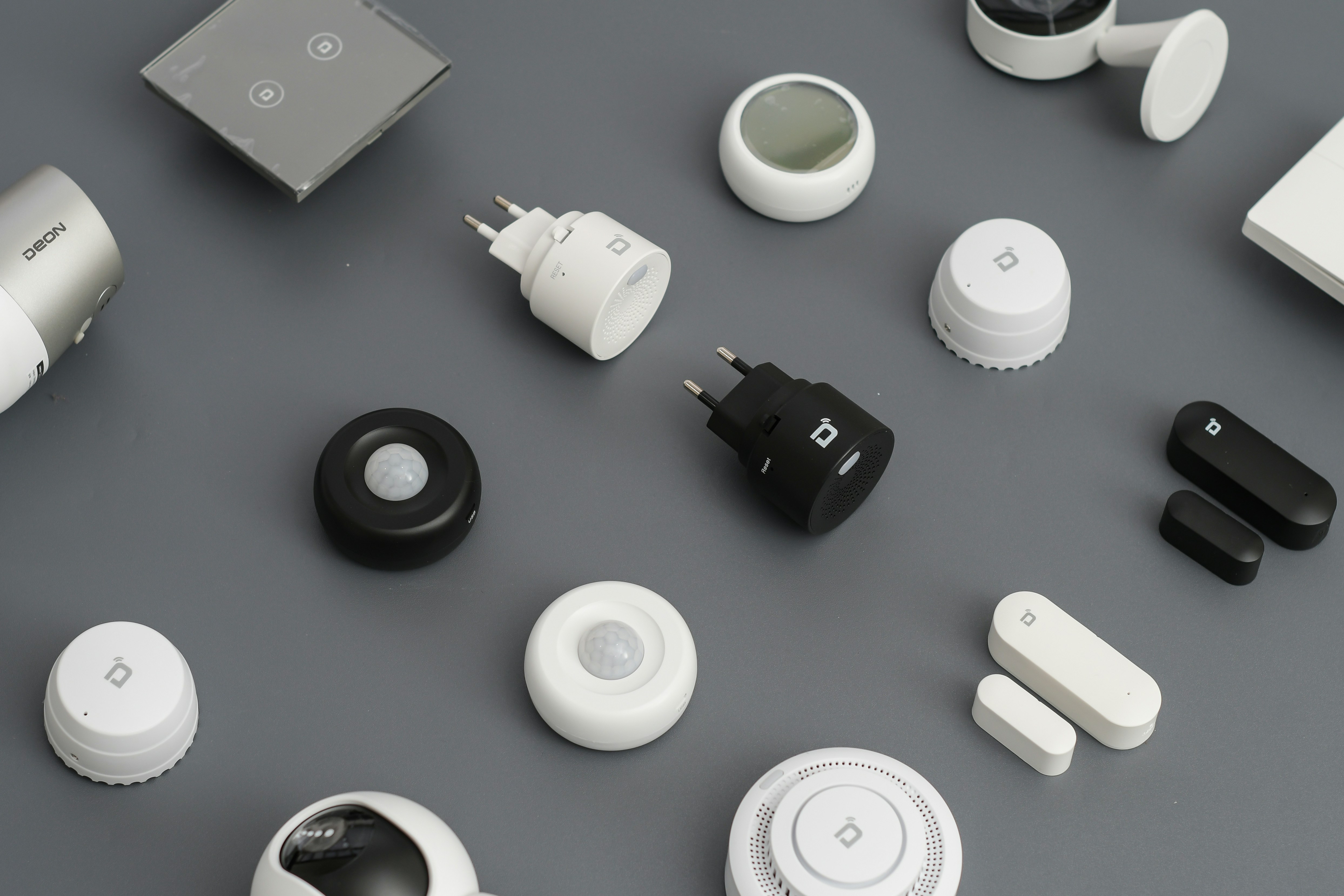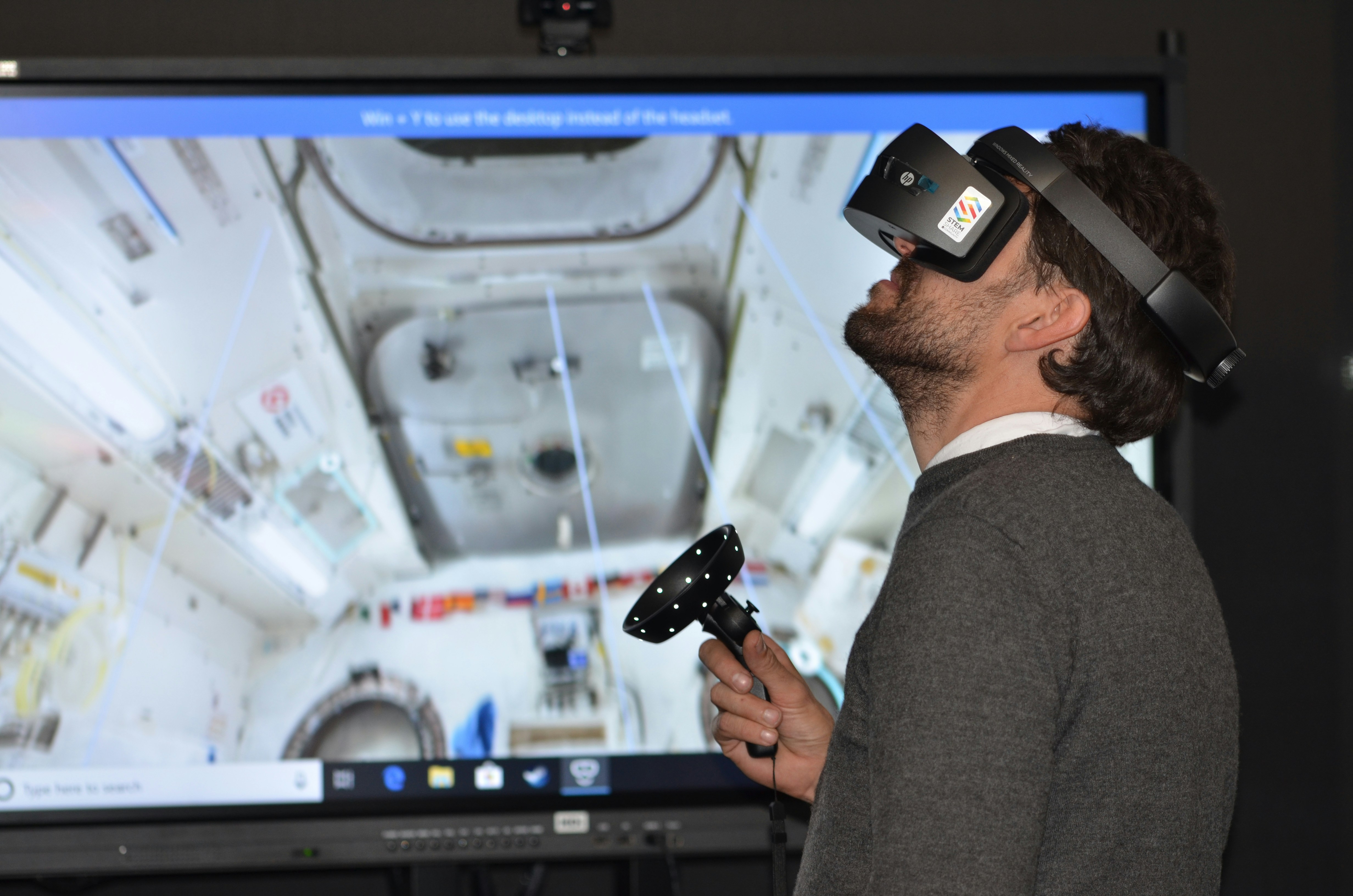
Introduction to Smart Homes and IoT
In recent years, the concept of smart homes has gained significant attention as a component of the broader Internet of Things (IoT) ecosystem. A smart home refers to a residential environment equipped with devices that can communicate and interact with each other over the internet. These interconnected devices—ranging from smart thermostats and lighting systems to security cameras—work together to enhance the quality of life for residents by automating routine tasks, enabling remote control, and providing real-time data.
The underpinning of smart home technology lies in IoT, which encompasses a network of physical devices embedded with sensors, software, and other technologies aimed at connecting and exchanging data with other systems over the internet. Through IoT, various devices in a smart home can collaborate, allowing homeowners to monitor and manage their home environment more efficiently and conveniently. This interconnectedness is not just about enhancing lifestyle; it also significantly impacts energy consumption and security, leading to more sustainable living practices.
The rapid pace of urbanization and the increasing complexity of modern living demand innovative solutions to manage everyday challenges. Smart home technology addresses these needs by ensuring convenience, efficiency, and heightened security. For example, smart appliances can adjust their operation based on usage patterns, reducing energy costs. Moreover, security devices can inform homeowners of security breaches in real time, enabling immediate responses to potential threats.
As we continue to advance technologically, the importance of integrating smart home solutions into our lives becomes increasingly evident. Embracing this technology not only simplifies daily tasks but also fosters a more efficient and secure home environment. By leading the charge with smart home innovations, residents can ensure they are better prepared to meet the demands of contemporary living.
Key IoT Devices Transforming Our Living Spaces
The integration of Internet of Things (IoT) devices into our homes is revolutionizing the way we live. Among the most impactful devices are smart thermostats, which provide automated temperature control and can learn user preferences to optimize energy consumption. For instance, devices like the Nest Learning Thermostat not only offer remote access through mobile apps but also adjust heating and cooling based on user habits, thus enhancing energy efficiency while maintaining comfort.
Smart lighting systems are another significant aspect of the IoT ecosystem in homes. These systems enable users to control lighting remotely, create customized schedules, and even adjust brightness and color through voice commands or smartphone applications. Philips Hue, for example, allows homeowners to set the ambiance for various occasions easily and even integrates with other smart home devices for an automated experience. Such functionalities not only contribute to convenience but also foster energy savings by enabling effective management of lighting throughout the home.
Security cameras enabled with IoT technology further transform residential safety. Devices such as the Ring Video Doorbell provide real-time video feeds and motion alerts, allowing homeowners to monitor their property remotely. This integration not only increases security awareness but can also deter potential threats. With connectivity options that link to smartphones and voice assistants, these devices support seamless security management within the broader smart home framework.
Lastly, voice assistants like Amazon Alexa and Google Assistant are pivotal in the smart home paradigm. They serve as central control hubs, commanding various devices through simple voice commands. Their ability to integrate with a wide range of IoT devices enhances user experience, facilitating hands-free operation while also providing information and assistance. By combining these key IoT devices, households can experience a remarkable enhancement in convenience, efficiency, and security, thereby significantly transforming modern living spaces.
Benefits of Smart Homes: Convenience, Efficiency, and Security
Smart homes, driven by the Internet of Things (IoT), represent a revolutionary shift in household management, significantly enhancing the lives of homeowners. One of the most prominent benefits of smart home technology is the vast convenience it offers. Automation systems allow homeowners to control multiple devices through a single app or voice commands, eliminating the need for manual adjustments to heating, lighting, and appliances. For instance, smart thermostats can learn a family’s routine, adjusting temperatures accordingly, ensuring comfort while minimizing manual input.
Energy efficiency is another pivotal advantage of smart homes. Integrating smart devices, such as energy-efficient bulbs and programmable plugs, can result in significant cost savings. According to several studies, homes equipped with smart technology can reduce energy consumption by up to 30%. This is not only beneficial for individual budgets but also contributes to broader environmental sustainability efforts. Smart home systems can facilitate the optimization of energy use, with features like timed lighting schedules and real-time monitoring of energy consumption, allowing families to make informed decisions about their usage.
The security enhancements provided by smart home devices cannot be overlooked. IoT solutions, including smart locks, security cameras, and alarm systems, provide homeowners with peace of mind and an increased sense of safety. Research indicates that homes with smart security systems are less likely to be targeted by intruders, as these devices can offer real-time alerts and remote access management. Homeowners can monitor their properties from anywhere in the world, viewing live feeds and receiving notifications based on specific triggers, further enhancing their ability to protect their homes.
In conclusion, the integration of smart home technology presents substantial benefits, facilitating enhanced convenience, improved energy efficiency, and heightened security for homeowners. By adopting these innovative solutions, individuals can transform their living environments into efficient and secure spaces that simplify everyday life.
Challenges and Future of Smart Home Technology
The rapid integration of Internet of Things (IoT) devices into our daily lives has revolutionized the concept of smart homes, making them highly convenient and efficient. However, the widespread adoption of smart home technology also results in certain challenges that must be addressed. Privacy concerns represent a significant issue, as many smart devices collect sensitive user data. The question arises: how securely is this information stored and who has access to it? Lack of robust data protection measures can lead to unauthorized access or misuse of personal information, which might deter potential users from embracing smart technology.
In addition to privacy, security risks pose a fundamental challenge within smart home networks. IoT devices can potentially expose households to cyberattacks if not properly secured. For example, poorly configured devices may serve as entry points for malicious actors. As users introduce multiple devices within a single network, the potential for vulnerabilities increases, underscoring the importance of cybersecurity in smart home technology. Adoption of secure coding practices and encouraging responsible usage can minimize these risks.
Compatibility issues among different smart home devices also hinder seamless integration. Many manufacturers create proprietary systems, which may not communicate effectively with devices from different brands. This lack of standardization can lead to fragmented user experiences, where consumers cannot fully enjoy the advantages of a connected home. Nevertheless, ongoing developments in IoT standards and protocols are aiming to address these compatibility challenges, fostering a more interconnected ecosystem.
Looking to the future, advancements in AI and machine learning will likely enhance user experience by allowing smart home systems to learn and adapt to individual preferences. Improved interoperability and a focus on user-centric design will be essential in mainstreaming smart home technology. As we navigate these challenges, it is crucial to consider both the present capabilities and future implications of smart home advancements on our daily lives and well-being.









